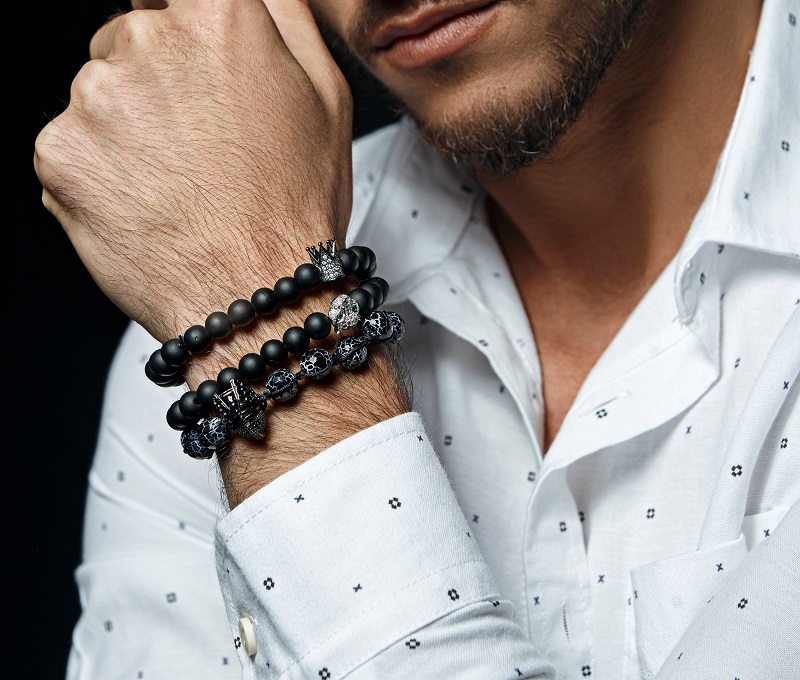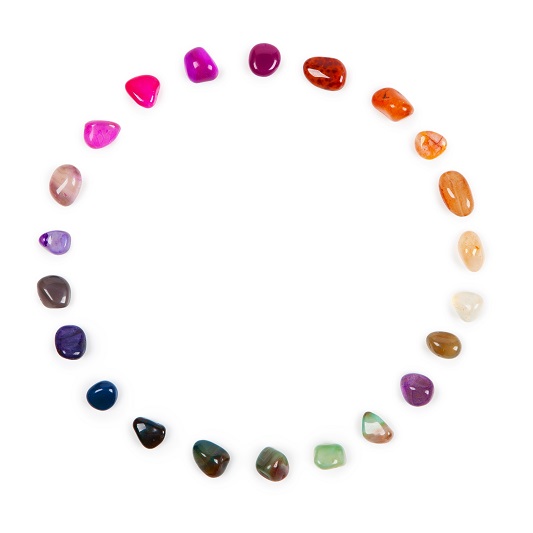The Beauty of Retro Jewellery

Different Types of Silver Used in Jewellery
4th April 2019
Why People Love Coloured Gemstone Jewellery
18th April 2019Any jewellery created between the 1940s and 1950s is considered Retro. During this time period, jewellery designers were largely influenced by the changes caused by World War II. Typically, Retro jewellery has a futuristic style with elements inspired by preceding periods. The pieces encompass a range of gemstones, materials, shapes, and styles. In this article, we explore the style in more detail.
When Was the Retro Period?
Typically, the word “retro” refers to items created in the past. However, when it comes to jewellery, the word refers to a specific time period ranging from the early-1940s to the mid-1950s. With the era spanning World War II, many Retro pieces reflect the changes caused by the conflict. The Retro Period is thought to have started one of the most exciting developments in the art and design world.
Jewellery produced during the Retro Period was glamorous and dramatic. As the clothing worn by women during the War was serious and masculine, Retro jewellery allowed women to show their feminine side. During this period, necklaces were worn as a focal point, often being shortened to choker-length to work with the high-necked clothing. Large cocktail rings were also popular, adding a splash of colour with their big and beautiful stones. From colourful rings to necklaces covered with bejewelled fruit, Retro pieces made a bold and sophisticated statement. Boasting a playful quality, Retro necklaces look great with both daytime and evening outfits. Regardless of when you choose to wear them, Retro necklaces will add a dash of glamour and sophistication to your look.
What is Retro Modern?
Retro Modern is a specific style of jewellery created during the Retro Period. As the name suggests, Retro Modern pieces are influenced by both the past and the present. As well as using themes from the past, the style looks to the future for inspiration and new ideas. Many Retro Modern pieces combine the geometric style of the Art Deco Period with the three-dimensional curves of the future.
What Materials Were Used?
During World War II, materials were limited. With many mines closed, the supply of gemstones and metals was restricted. Additionally, the reduced safety in transportation caused the overall supply to be limited. To work with these changes, jewellers focussed on polished gold jewellery with fewer gemstones. Compared to platinum and gemstones, gold was relatively easy to get hold of. Because of this, bicolour and tricolour gold pieces were popular, made using a mixture of rose, yellow, and white gold. Rose gold with its eye-catching pink tint, a result of the high percentage of copper in its makeup, was particularly popular.
What Did the Pieces Include?
During the War, women wore clothing with a serious and masculine vibe. Retro accessories allowed them to showcase their feminine side and make a bold statement. Some of the most popular Retro pieces included flower spray or scroll brooches, thick gold bangles, rings with large gemstones, and choker length necklaces. When it came to earrings, Retro designs would sit on the earlobes rather than dangling. To allow women to embrace their femininity, pieces would often include flowers, ribbons, birds, scrolls, and fabric like folds. Many of the pieces also incorporated the themes of the War. With patriotic and industrial themes, this type of jewellery included tank tread bracelets, with large repetitive links to represent tank tracks and war industry production lines. Additionally, many of the pieces included red, white, and blue stones used on flags and military type insignias.
Types of Retro Jewellery
Brooches
From the late 19th century to the mid 20th century, brooches were all the rage. During the Retro period, women would offset their masculine clothing with bold, beautiful and feminine brooches. Often, these would include gem-set flowers, butterflies, and scrolled bows. In recent years, serious and poised fashion has made a comeback. Because of this, Retro brooches look great when paired with some of today’s fashions. Depending on your preference, they can be pinned onto a strap or dress bodice, a lapel or collar, or worn in a less traditional manner. Some women choose to attach brooches to hats, belts, or handbags, or even wear them in their hair.
Rings
Rings were incredibly popular during the Retro Period. Their style ranges from strong and geometric to fluid and romantic, so there is something to suit every preference. Although the supply of gemstones was limited during the War, most rings include at least one. Typically, the gemstone is either set at the centre of the ring or off centre for an asymmetric style. Regardless of their style, Retro rings are always big and bold. With an emphasis on large and brightly coloured stones, Retro rings often include aquamarine, amethyst, or citrine. To enhance the coloured stone, diamonds were sometimes added; however, in turn, this would increase the price of the ring.
Earrings
Unlike Retro rings, Retro earrings come in many different shapes and designs. Some of the common themes include floral motifs, exaggerated shapes, and intricate geometric forms. Clip-on earrings were also popular during this era, having been patented in 1934. Instead of dangling from the ear, earrings from the Retro era emphasise the earlobe. Bold and beautiful, the earrings look fantastic with both evening and daytime wear.
In Summary
Jewellery created between the 1940s and 1950s falls into the “Retro” category. Largely influenced by the changes caused by World War II, accessories from the Retro era are bold and colourful. During the War, serious and masculine clothing was in fashion; to allow women to show their feminine side, the pieces often included flowers, birds, and bows. Bold and extravagant, Retro jewellery looks fantastic with many of today’s fashions.




